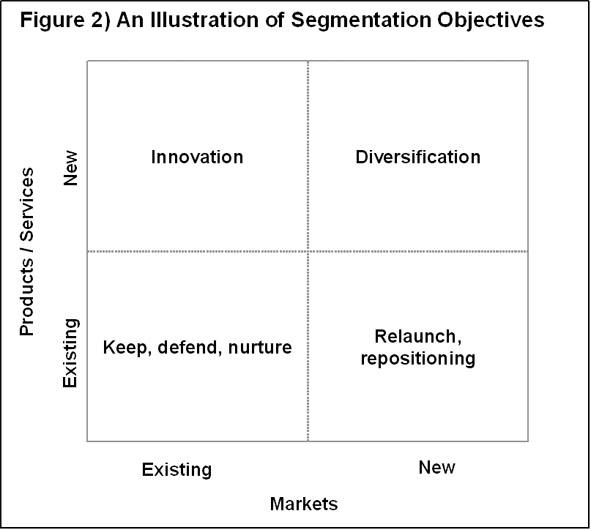Marketing strategies are tools used by a firm to deliver goods and services to its targeted customers. Walt Disney’s current marketing strategy involves advertisement through movies, televisions and radios. Walt Disney also uses a powerful brand name to attract and retain market share. This brand name has created a competitive advantage for the company over the years due to its ability to offer excellent service to its customers. In fact, the theme parks and resorts industry have used its brand name to leverage success by providing products that are perceived to possess perpetual consistent. Since the company focuses on ‘wholesome fun’, it has created a brand name that represent high credibility and personality toward children.
Disney’s theme parks apply integration entertainment marketing strategy. The company sells its products by focusing on a particular market segment. For instance, Disney employs entertainment marketing strategy in such a way that its characters such as Donald Duck and Goofy are part of American culture (Shankar & Carpenter, 2012, p. 263). The company has been successful in the retail marketing due to its capability to implement cost leadership and product differentiation strategies. Moreover, the company’s marketing objectives in the theme parks will be supported by the growing demand for high-quality services in all geographical segments.
Market segmentation is the separation of market characteristics into various segments. David (2015) argues that market segmentation allows a firm to satisfy customer needs by tailoring its marketing mix for different target markets. Implementation of diversified strategy (assignment 3.2) is a precarious strategy in the service industry. This is based on the fact that the parks cannot be able to lower its prices compared to other enterprises like Universal Studios pursuing an intensive strategy. Moreover, the company is facing challenges when implementing adult entertainment segmentation since it is perceived as a kid’s entertainment company.
The company faces marketing challenges associated with the threat of new entrants due to the high levels of competition in the market. The entry of a new player could, therefore, alter major factors (i.e. customer loyalty, prices, market shares) in a particular market environment. With the increased demand for alternative and cheaper theme parks, this market segment faces a high threat of new entrants. It is also expected that the high demand for service delivery will lower sales in the long-run as competitors are using innovative methodologies to attract and retain customers.
Based on the segmentation analysis, Walt Disney will target the following segments of the market: the high-income earners and young couples within the general public market segment. Government institutions will not be a target since they are believed to lack government incentives to visit theme parks. The company can focus high-end product to gain a competitive advantage over its competitors. The pricing of the goods and services will include the cost of augmented products; however, the cost of the augmented products will be discounted based on the frequency of visit.
The company will distribute its products in other big stores across America and Europe where it sells its merchandise goods and videos. This will not only reduce transportation costs but will also make the company’s products more visible to its customers. The company should also encourage online marketing that contributes significantly toward brand awareness. Disney’s future depends on a winning strategy since the children it hopes will eventually grow to become lifelong customer are living online.
It is recommended that Walt Disney should expand its geographical segmentation to include psychographic segmentation to capture target market thus practicing multi-segmentation marketing. Walt Disney should identify market segments that are profitable especially in the long-run. To do this, Walt Disney must provide additional value on its products and services than its competitors. After identifying a worthwhile target market, Disney must then position itself based on customer’s demands. By doing so, the company will be setting positioning strategies that support its marketing mix (figure 1).

The company should also conduct advertisement campaign using different platforms such as billboards, newspapers, magazines, radio, television and social networking sites. Advertisements of the company’s products will be placed on selected magazines for theme parks and resorts such as ‘My theme park’ magazine. Mass Media will also provide an excellent platform to reach a broad population in the US, Asia and across Europe (McLoughlin & Aaker, 2010, p. 154).
After full implementation of these marketing strategies, it is expected that brand awareness and brand recognition of the company will improve tremendously not only in the US but also across European countries as a market leader in the provision of kid’s entertainments services as shown in (figure 2).

Disney should implement marketing controls that seek to maximize returns of a marketing plan by establishing a desired standard, assessing deviations from the set standards and correcting the deviations accordingly. The rules of a marketing plan are usually defined in the budgets in which any deviation from the budget would be assessed and corrected. Both the negative and positive deviations from the set standards can be detrimental to the successful implementation of a marketing plan. In conclusion, Disney applies integration entertainment strategy by focusing on a particular market segment. However, the company should position itself by identifying a worthwhile target market based on consumer demands.
References
David, F.R. (2015) Strategic management concepts (15th Ed.). Saddle River, NJ: Pearson Education. Web.
McLoughlin, D., & Aaker, D. (2010). Strategic market management: Global perspectives. Hoboken, N.J: Wiley. Web.
Shankar, V., & Carpenter, G. (2012). Handbook of Marketing Strategy. Cheltenham: Edward Elgar Pub. Web.